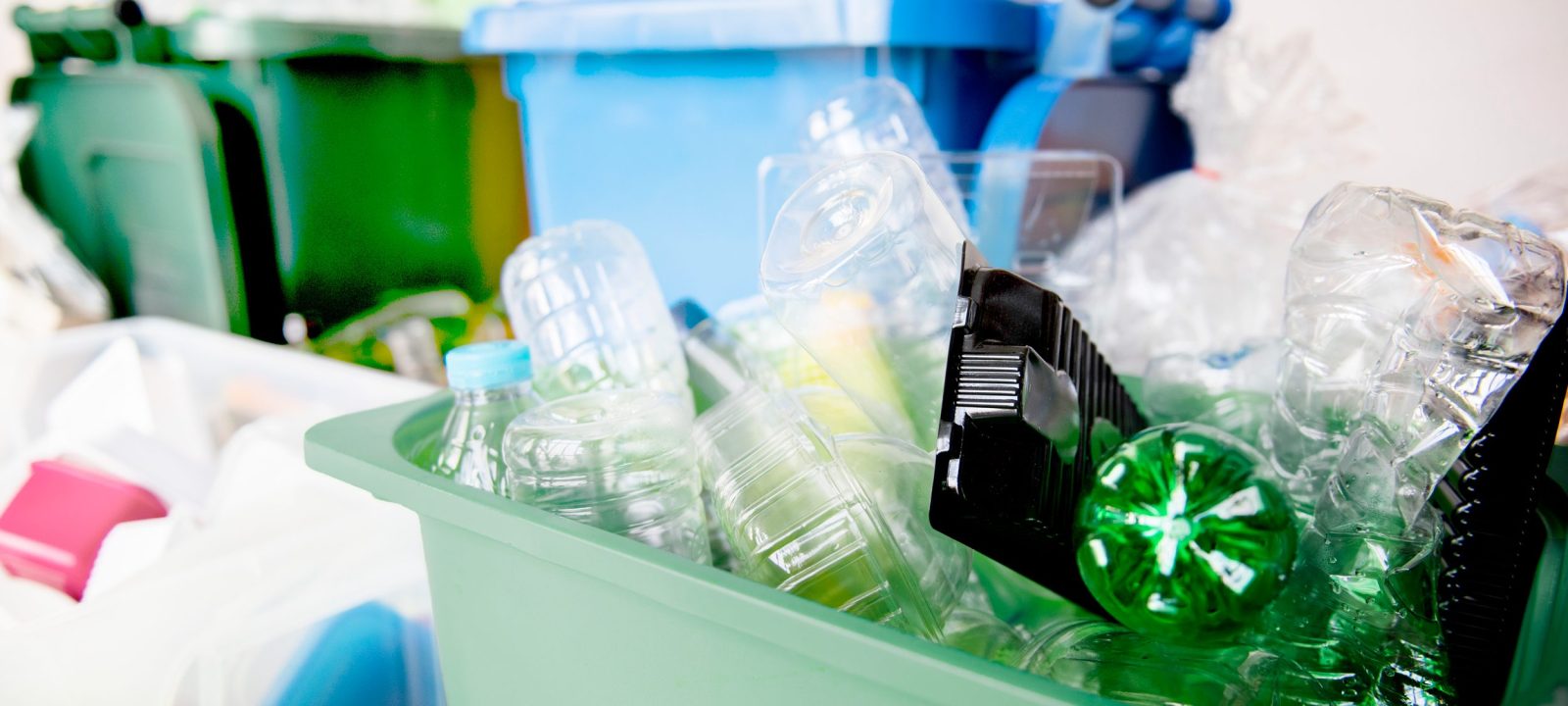It’s a cause for celebration that recycling has become embedded in mainstream culture in recent decades. In the corporate world, the market profile of every organisation depends to some degree on its environmental, social, and governmental (ESG) status.
This widespread adoption of recycling culture has drastically improved the way we view and process our waste. Yet this brings with it the risk of complacency about how much it’s actually benefiting our planet’s longer-term prospects. What target should we aim for, both globally and locally, in our own workplace?
Last autumn’s COP 26 summit pushed climate change back up the public agenda, with its urgent call to action to prevent a climate crisis. As we’ll see, more widespread recycling of resources is vital to achieving the shared goal of net-zero carbon by mid-century.
Since 2018, the Global Recycling Foundation has hosted its Global Recycling Day initiative with one purpose: to promote the importance of recycling in driving down emissions and preserving natural resources to help protect the planet’s future.
So, this is a good moment to review your business waste strategy from a global perspective.
Is your organisation as aligned to net-zero targets as it could be? Could you find new, creative ways to contribute to a self-sustaining culture for generations to come?
Fulfilling your workplace recycling goals happens when all your stakeholders play their part. We’ll demonstrate some highly effective, proven ways to educate and motivate the people working on your site, as well as ways to communicate with them about your shared recycling objectives. And we’ll look at technology to help you measure and evidence your progress.
Educate
First, we need to share knowledge with our colleagues about why recycling is more important than it’s ever been and how we can respond together. To understand the critical role of recycling in fulfilling the UN’s net–zero targets, it’s worth considering some of the key data on the Global Recycling Day website (https://www.globalrecyclingday.com).
First, the earth’s precious resources are running out. Recyclables are sometimes known as “the seventh resource.” That’s because we depend for our survival on six primary resources: air, water, oil, natural gas, coal and minerals. In a world where most of these resources are increasingly finite, we need the seventh, more sustainable resource: recyclables.
Second, recycling plays a vital role in offsetting emissions. Landfill and deforestation account for 25% of all greenhouse gases released into the atmosphere. And unless we radically reduce the volume of plastics we create and discard, emissions from the plastic industry could exceed 2.75 billion tons per year by 2050.
The good news is that every year, recycled resources save over 700 million tonnes in CO2 emissions and offset all CO2 emissions generated by the aviation industry. That figure could rise to 1 billion tonnes by 2030. This helps us understand the vital role of recycling in developing a circular economy and in realising COP 26’s net-zero target by 2050.
From this global perspective, shift your focus to the localised, practical ways your workplace can help reverse the problem. You’ll need to find fun, engaging ways to educate your colleagues in the day-to-day practicalities of waste segregation.
Check with your waste services supplier about the most strategic locations for recycling stations around your site. They are usually found in municipal areas like kitchens or somewhere easily accessible in an office area, like the end of a row of desks.
There should be clear labelling about correct waste segregation. This is simply a case of promoting which items go in which container and any action to be taken first – e.g. washing out a plastic container before disposing of it. This is straightforward in principle, but in practice, cross-contamination can hamper your recycling goals through human error and lack of motivation.
Motivate
Set a recycling target for your site. We all respond to targets, especially ones that are ambitious but achievable. Michael Ajewole manages JPC by Samsic’s cleaning and waste contract at Chiswick Park Enjoy-Work, a high-end business park in west London. His team recycled nearly 50% of all waste at the site in 2021, which is home to big brands like Disney, Starbucks and Pokemon.
“Let your waste contractor help you set a recycling target that’s realistic,” Michael suggests. “Then make it a visible, shared goal that engages everyone onsite. That way, it’s not some vague objective that’s perceived as someone else’s problem.”
Tell a positive story about recycled waste. Your people are more likely to engage with your recycling initiative when you offer specific, positive outcomes – how the waste eventually ends up. Let it be known that food waste can be transformed into gas or compost; glass is re-purposed into new glass products, roof insulation, or grit; paper and card become books, newspapers, or cardboard boxes.
And plastics are processed into pellets that can end up becoming anything from plastic bottles to pens, fleeces through to hand luggage – in the case of Bottletop, the retail brand that turns plastic bottle tops into fashion accessories.
In other words, create a narrative with a ‘happy ending’ about how what begins as rubbish can be transformed into something of value in a sustainable way.
Communicate
Find creative ways to communicate with your stakeholders about your shared goals continuously. A huge volume of information competes for our attention each day, so it’s only through a lively ongoing communication strategy that your people engage more deeply with your recycling project in the long run.
For Michael and his colleagues at Chiswick Park Enjoy-Work, this took the form of a special event with a guest speaker from their waste services partner, and various exhibits and games to help guests interact with the content.
“Engaging and interacting face to face is best,” says Michael, “in an environment where people feel comfortable asking questions. No question is a stupid question. It’s also about showing that recycling doesn’t have to be a chore, it can have a fun or intriguing element too.”
More broadly, you can use poster campaigns, internal communications and social media to help embed the message into your working culture. Ask your waste supplier for ideas and resources to share with you.
If your recycling is undermined by cross-contamination and other misunderstandings, a good communication network will help you correct the problems before they become ingrained habits.
Facilitate
Innovative tech resources are powerful tools to help educate, motivate and communicate with your stakeholders about recycling. At Samsic, we’ve had great success with an award-winning waste management app called Don’t Waste.
The software tracks and measures your estate’s recycling output and generates monthly or quarterly reports using infographics that make the data easy to read at a glance.
For Chiswick Park, this includes a breakdown of waste streams by weight, so that each tenant can see how much of each type of waste has been recycled from their demise over a given period.
Don’t Waste can also flag up cross-contamination or other problems and highlight areas for development. This is a great way to present data that keeps your people accountable, while motivating them to achieve more by recycling more.
And you can use that data to evidence your claims to ESG-conscious customers and prospects.
Beyond recyclables
Don’t just recycle more; aim to throw away less. Even as we capitalise on all of the potential that recycled resources offer, we shouldn’t let recycling become only an end in itself.
“Don’t focus on your recycling percentages alone,” warns Michael Ajewole. “It’s still really important to reduce your waste overall.”
In other words, recycling needs to be part of the broader vision of a less wasteful culture. So, encourage your people to swap single-use food/drink containers and utensils for reusable ones wherever possible, and cut down on paper usage at work.
All the goods we purchase, for work or home, end up as waste eventually, so we could aspire to be more considerate consumers, conscious of the wider consequences of our individual purchasing decisions.
Meanwhile, at Chiswick Park, Michael and the team have every intention of beating last year’s 50% recycled waste target – by keeping the campaign running.
“We’ll be planning more personal workshop/tutorial sessions on recycling, more interaction. We’ll also challenge those guests with high waste quotas, and help them to work in a more sustainable way.”
The recycling culture is winning
Much of the data available at globalrecyclingday.com indeed makes sobering reading. For example, that humankind has consumed more resources in the last 50 years than at any other time in history.
And yet, we can be encouraged by the claim that recycled materials – the “seventh resource” – supply 40% of the world’s raw materials. The world is making great strides towards a circular economy.
Another reason to take heart is that global change does occur when enough individuals and organisations take action at the local level. If every workplace could match Chiswick Park’s recycled waste target of 50% (and counting), that would drive the stats on a global scale.
And according to the same website, the global recycling industry is booming, with no sign of slowing down. The industry employs 1.6 million people worldwide and is forecast to generate $400 million in GDP in the next decade.
When your organisation takes up the challenge at the local level, you boost your ESG profile and your influence in the marketplace. You promote a healthier, more responsible working culture around you. And you participate more fully than ever in the shared global mission to reverse the effects of climate change, once and for all.





